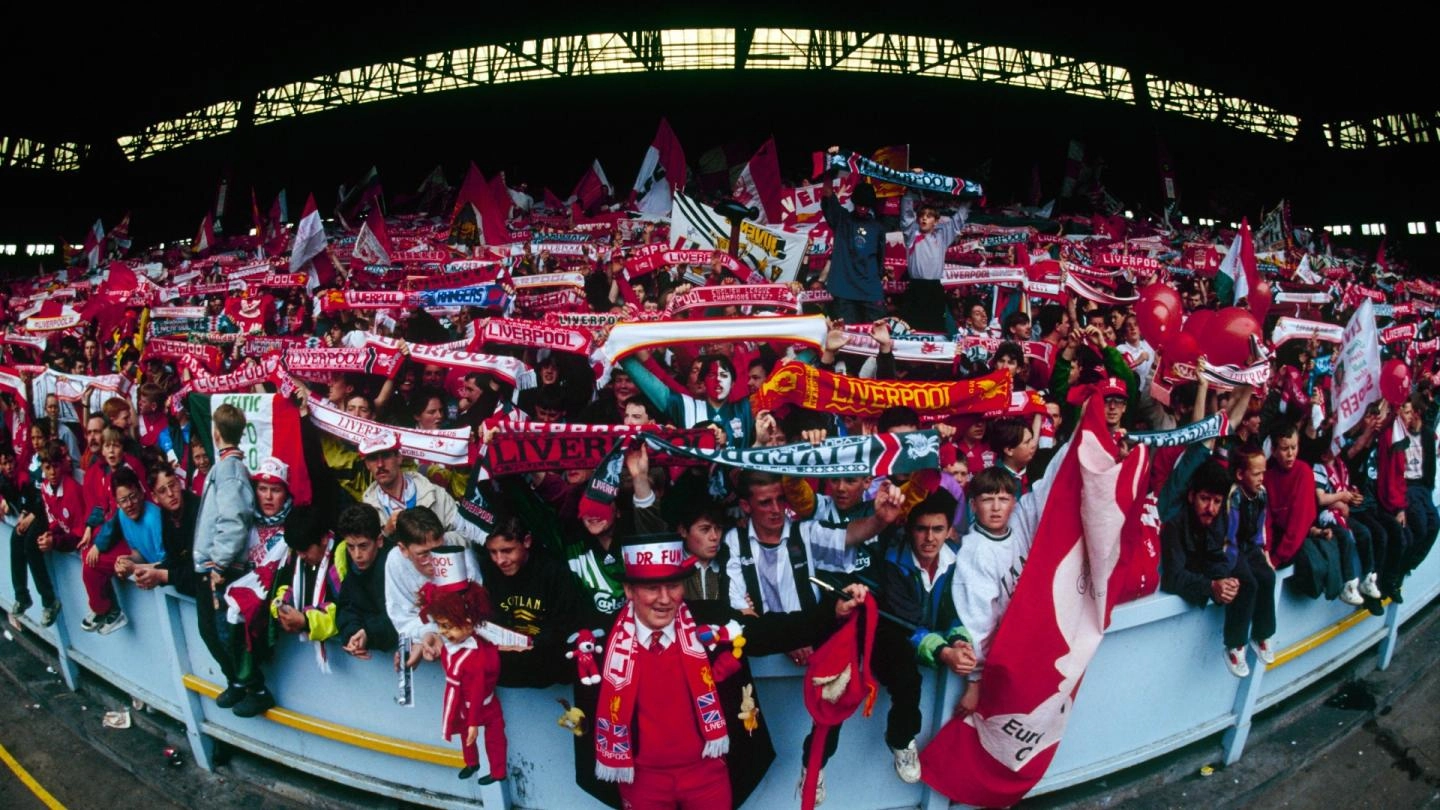Feature125 years on: The story of the Spion Kop
Anfield's Spion Kop is renowned worldwide as one of the largest, most passionate and feared single-tiered stands in football.
For well over a century it has held thousands of Reds supporters, watching the club win a raft of trophies in the process.
But originally, it didn't have the name that we all know today. In fact, that wasn't used until the early 1900s. So, where does Spion Kop come from, and how has it become one of the most recognised stands in the world?
It was 125 years ago this week that a battle took place during the Boer War in South Africa: the Battle of Spion Kop.
The battle took place on a large muddy hill and the objective for British soldiers was to capture this land against two Boer Republics, in an attempt to free the captured city of Ladysmith.
In what was a disastrous military defeat, hundreds of British soldiers, including many from Liverpool, lost their lives and hundreds more were either wounded or captured.
In 1906, when Anfield was reconstructed by Archibald Leitch, the stand at the Walton Breck Road end (which became the Kop) had a notably steep incline, which resembled the Spion Kop hill.
As a result of the comparisons, the Liverpool Echo's sports editor, Ernest Edwards, labelled the stand with what would become its iconic name, in memory of the fallen comrades in the battle.
'Spioen' in Afrikaans means 'spy' or 'look-out' and 'kop' means 'hill'.
In 1928 a roof was constructed, and it officially had its name recognised by the club. This development helped the acoustics and the Spion Kop's reputation for helping Anfield bring the noise.
Week by week, month by month, year by year, the attendance began to grow.
After Bill Shankly's revolutionary rise at Liverpool, taking the Reds back to the top of England, his former number two, Bob Paisley, began decorating the stadium with new trophies.
In nine years at the helm he won 19 honours, including Charity Shields, and became the first manager to win three European Cups with the same team.
Success and support went hand in hand, and in the 1977 European Cup-winning season, it was reported that up to 30,000 Reds stood on the Kop to watch a famous 3-1 victory against Saint-Etienne in the quarter-finals.
Domination on the pitch, alongside a catchy song from Gerry and the Pacemakers called You'll Never Walk Alone, added to the deafening atmosphere.
But soon, the era of terraced stands would come to an end.
Following the tragic events at Hillsborough in April 1989, and the Taylor Report stating terraces must be made into all-seater stands for the safety of fans, the Kop was to be demolished and rebuilt.
In an emotional encounter for players and supporters alike, the final game played in front of the all-standing Kop took place on April 30, 1994.
Supporters were soon welcomed to the all-new, seated Kop, holding 12,850 people.
Thirty-one years and 20 trophies later, the stand is still a sight to behold and continues to provide a 12th man for the players on the pitch.
To mark the 125th anniversary of the Boer War's Battle of Spion Kop, a special ceremony took place on Friday near Ladysmith on the site of that famous hill.
The Spion Kop has been the definitive football 'look-out' ever since those early days and while other grounds also began to use the word 'Kop', Anfield's remains the most legendary in the world of football.
With a sea of scarves, banners, flags and songs, the iconic stand continues to set the standard for how to bring the noise and inspire a stadium.
-
Premier LeagueAston Villa v Liverpool: TV channels, live commentary and highlights guide. Liverpool head to Aston Villa in the Premier League on Wednesday night – here's how to follow the match.
-
ReactionWataru Endo on hard-fought Wolves win, Anfield cameo and more. Wataru Endo praised Liverpool's 'important' and 'very tough' victory over Wolverhampton Wanderers on Sunday afternoon.
- Live
StreamTuesday: Watch Arne Slot's pre-Aston Villa press conference live. Watch Arne Slot's pre-Aston Villa press conference live with us from 9am GMT on Tuesday.
-
NewsVirgil van Dijk: We only have to put all our energy in ourselves. Virgil van Dijk expressed the importance of Liverpool adopting a tunnel-vision approach between now and the end of the season.
-
NewsJames Norris makes loan move to Shelbourne. Liverpool’s James Norris has completed a loan move to Shelbourne until the end of the season.
